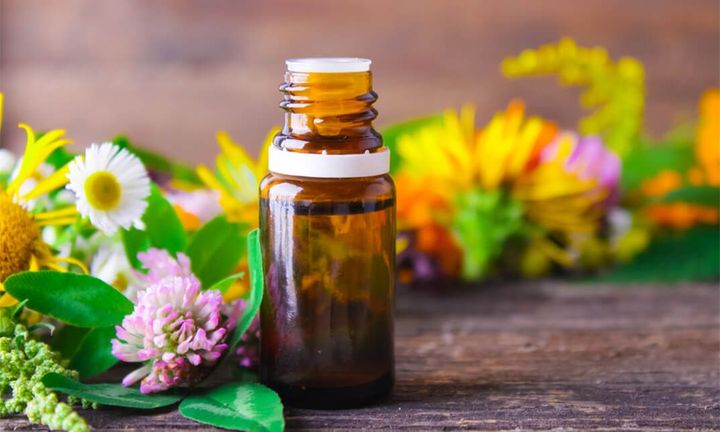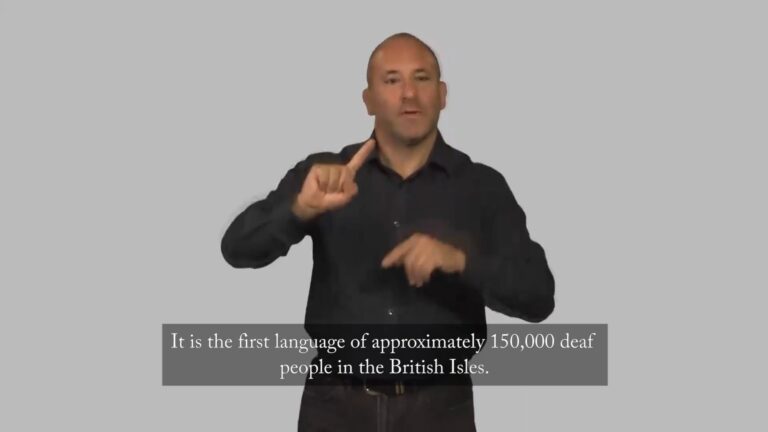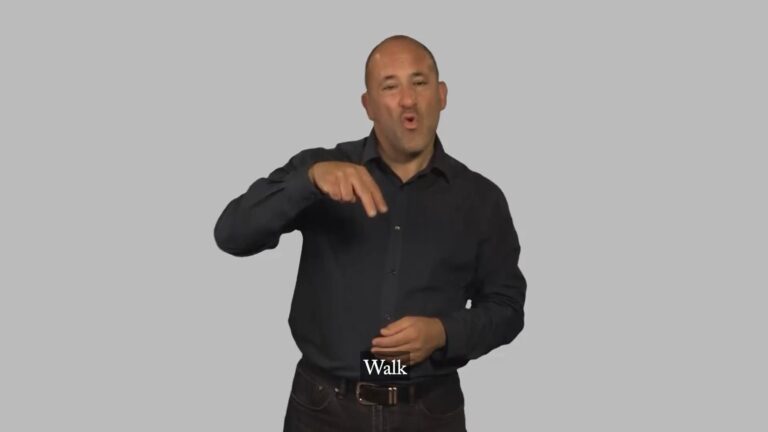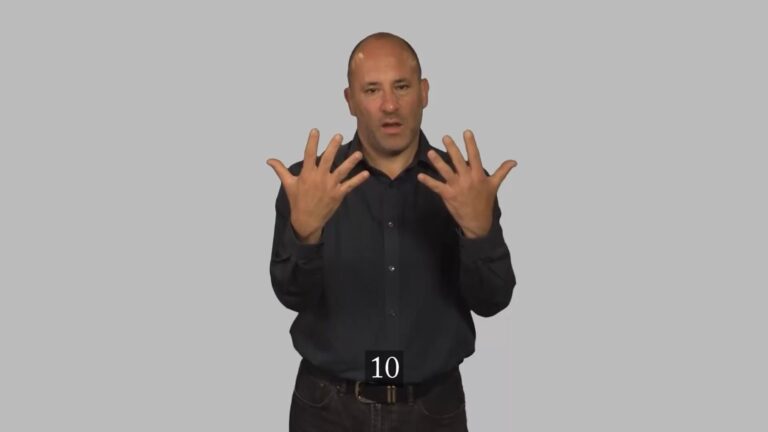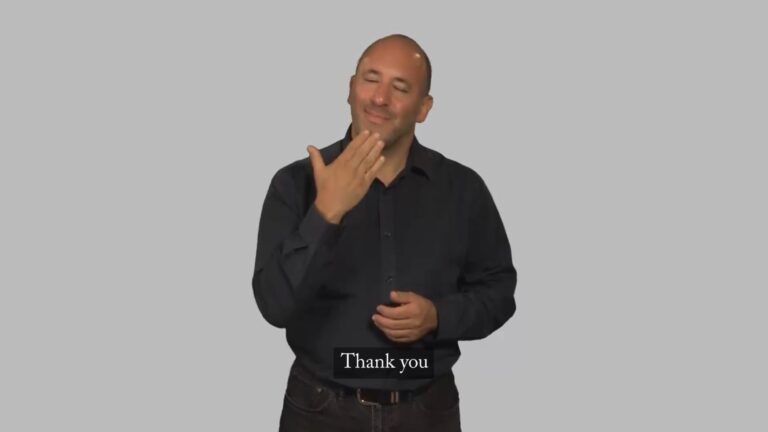Course Curriculum
| Massage Therapy | |||
| Introduction to Massage Therapy | 00:15:00 | ||
| Massage History | 00:15:00 | ||
| The Role of A Massage Therapist | 00:30:00 | ||
| Tissues, Organs, & Neuromuscular systems | 01:00:00 | ||
| General Benefits of Massage | 00:15:00 | ||
| Indian Head Massage | 00:15:00 | ||
| Facial Massage | 00:30:00 | ||
| Neck Massage | 00:30:00 | ||
| Back Massage | 00:30:00 | ||
| Full Body Massage | 00:15:00 | ||
| Swedish Massage | 00:15:00 | ||
| Sports Massage | 00:30:00 | ||
| LomiLomi Massage | 00:15:00 | ||
| Anti-Cellulite Massage | 00:15:00 | ||
| Hot Stone Massage | 00:30:00 | ||
| Thai Foot Massage | 00:15:00 | ||
| Prenatal Massage | 00:15:00 | ||
| Medical Massage | 01:00:00 | ||
| Baby Massage | 01:00:00 | ||
| Trigger Point Therapy | 00:05:00 | ||
| Thai Massage | 01:00:00 | ||
| Reflexology | 01:00:00 | ||
| Conclusion to Massage | 00:15:00 | ||
| Acupressure | |||
| Acupressure | 00:30:00 | ||
| How Acupressure Works | 00:30:00 | ||
| Locating A Pressure Point | 01:00:00 | ||
| Acupressure Techniques | 00:30:00 | ||
| How To Apply Pressure | 00:30:00 | ||
| Breathing | 00:30:00 | ||
| Things To Be Careful Of | 00:30:00 | ||
| Acupressure For Specific Problems | 00:30:00 | ||
| If You Feel It’s Not Working | 00:15:00 | ||
| Conclusion | 00:15:00 | ||
| Aromatherapy | |||
| What is Aromatherapy? | 00:15:00 | ||
| History of Aromatherapy | 00:15:00 | ||
| The Definition of Aromatherapy | 00:15:00 | ||
| What are Essential Oils? | 00:15:00 | ||
| Essential Oil Safety Information | 00:15:00 | ||
| Administration of Essential Oils | 00:30:00 | ||
| The Art of Blending | 00:15:00 | ||
| Blending Basics | 00:15:00 | ||
| Harmonizing Your Blend | 00:30:00 | ||
| Aromatherapy Baths | 00:15:00 | ||
| Aromatherapy for Stress | 00:15:00 | ||
| Aromatherapy for Children | 00:14:00 | ||
| Application of Essential Oils | 00:15:00 | ||
| Table of the Basic Methods of Use of Essential Oils | 00:15:00 | ||
| The Holistic Approach | 00:30:00 | ||
| Understanding Disease / Pathology | 00:30:00 | ||
| The Benefits of a Holistic Aromatherapy Treatment | 00:15:00 | ||
| Holistic Therapy | |||
| General Holistic Health Tips | 01:00:00 | ||
| Vitamins and Herbs | 01:00:00 | ||
| Natural Food Choices | 01:00:00 | ||
| Skin Remedies | 01:00:00 | ||
| Recommended Reading | |||
| Recommended Reading : Aromatherapy, Holistic & Massage Therapy Course | 00:00:00 | ||
| Mock Exam | |||
| Mock Exam- Aromatherapy, Holistic & Massage Therapy Course | 00:20:00 | ||
| Final Exam | |||
| Final Exam- Aromatherapy, Holistic & Massage Therapy Course | 00:20:00 | ||
| Order your Certificates & Transcripts | |||
| Order Certificates & Transcripts / CPD QS | 00:00:00 | ||
Course Reviews
No Reviews found for this course.
Frequently asked questions
Can’t find the anwser you’re looking for ? Reach out to customer support team.
Aromatherapy is used to improve physical and emotional well-being through the use of essential oils. It can help reduce stress, anxiety, and depression, alleviate pain, enhance relaxation, and improve sleep.
The three types of aromatherapy are: 1. Cosmetic aromatherapy: Uses essential oils for skin and hair care. 2. Massage aromatherapy: Incorporates essential oils into massage for therapeutic benefits. 3. Olfactory aromatherapy: Uses the inhalation of essential oils for emotional and psychological well-being.
Aromatherapy can be part of a massage but is not inherently a massage. It involves the use of essential oils in various ways, including inhalation, topical application, and diffusion.
Common essential oils include: 1. Lavender 2. Peppermint 3. Eucalyptus 4. Tea Tree 5. Lemon 6. Frankincense 7. Chamomile
Aromatherapy can be performed through: 1. Inhalation: Using diffusers, inhalers, or steam. 2. Topical application: Diluted essential oils applied to the skin via massage, baths, or compresses. 3. Aromatherapy massage: Combining massage techniques with essential oils.
No, aromatherapy is not considered a drug. It is a complementary therapy that uses natural plant extracts.
The principle of aromatherapy is to utilize the natural properties of essential oils to enhance physical and emotional health through various methods of application.
The four elements often referred to in aromatherapy are: 1. Essential oils 2. Carrier oils 3. Methods of application (inhalation, topical) 4. Therapeutic effects (emotional, physical)
Holistic treatment considers the whole person—body, mind, spirit, and emotions—in the quest for optimal health and wellness.
Popular holistic therapies include acupuncture, chiropractic care, massage therapy, herbal medicine, yoga, and meditation.
There are no specific prerequisites for this course, nor are there any formal entry requirements. All you need is an internet connection, a good understanding of English and a passion for learning for this course.
For this course, you will have access to the course materials for 1 year only. This means you can review the content as often as you like within the year, even after you've completed the course. However, if you buy Lifetime Access for the course, you will be able to access the course for a lifetime.
We want you to have a positive learning experience. If you're not satisfied with the course, you can request a course transfer or refund within 14 days of the initial purchase.
If you encounter technical issues or content-related difficulties with the course, our support team is available to assist you. You can reach out to them for prompt resolution.





 LOGIN/Sign up
LOGIN/Sign up
